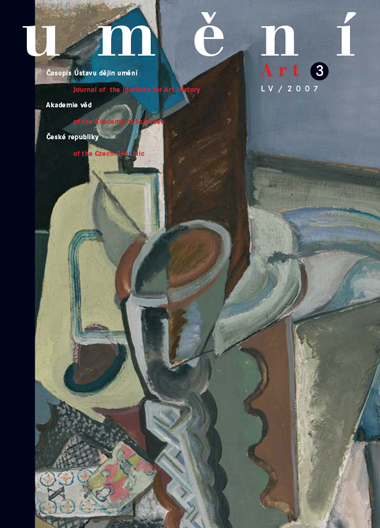Thomas Puttfarken
Caravaggio and the Representation of Violence
The article departs from the excessive violence evident in the art of Caravaggio, examining conventional explanations for it as in the service of the ideology of the Counter-Reformation, or as a response to the violence of public executions in the period, or finally as the product of Caravaggio's own violent disposition. These arguments are rejected after an examination of the question of the 'realism' of Caravaggio's depictions and its supposed anti-theoretical sources. The article then turns to its central thesis: the contemporary theory of poetry as an alternative context for violent representations. The author examines the legacy of both Horace and most importantly Aristotle in Renaissance poetics, and demonstrates how the reinterpretation of their texts led to a paragone between poetic and painted violence. It is argued that Caravaggio took up the challenge of demonstrating that although painting was a more limited art in many respects than poetry, it could, in the case of the representation of violence acts for example, present itself as an art of greater verisimilitude and conviction. In doing so he arrives at effects that contemporary critics described as 'marvellous' - and it is argued that the particular historical meanings of this word alluded to the cathartic effects of Caravaggio's horrific depictions, exceeding the mere determinations of Counter-Reformation ideology.
Full-text in the Digital Library of the Czech Academy of Sciences:
https://kramerius.lib.cas.cz/uuid/uuid:bd51003a-8bfb-4a1a-8590-5c344f9130ce
< back

